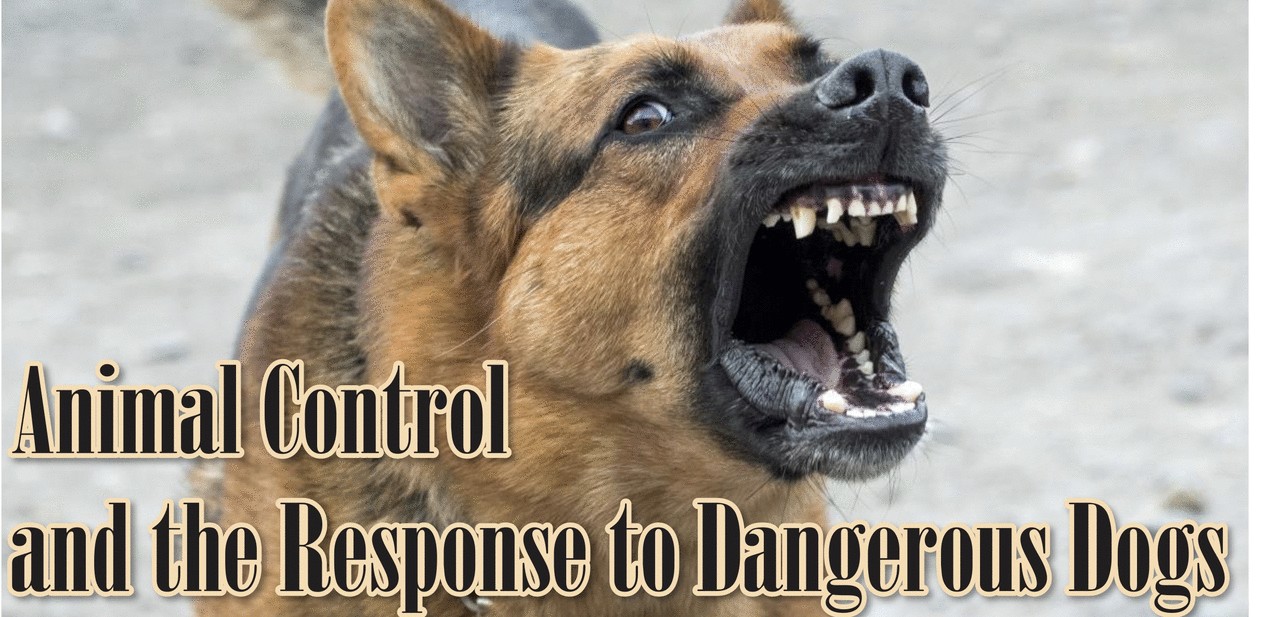Animal control often conjures visions of a bleak, dystopian landscape where stray dogs roam in search of food and shelter, while their fate hangs precariously in the balance of human intervention. This duality evokes a significant question, one that challenges not only our perceptions but also our moral compass: Is animal control really that bad? To explore this topic, we must delve into various dimensions of animal control, contemplating its role as a necessary safeguard for both animals and society.
To commence, animal control can be compared to a double-edged sword. On one side, it serves a critical function, protecting public safety from potentially dangerous animals. Think of it as a vigilant gatekeeper, situated at the intersection of our world and that of the wild. This gatekeeper’s job is not merely to confine; it is often to rehabilitate and rehome. The responsibility it bears is enormous, as it navigates the delicate balance between human protection and animal welfare.
Yet, the other edge of this sword poses a stark admonition: the potential for abuse and systemic failures within these organizations. There are myriad instances where the methods of animal control have been called into question. For instance, the use of euthanasia as a catch-all solution has incited passionate protests among animal rights activists, challenging the ethics behind such a finality. In certain scenarios, animal control may seem akin to wielding a sledgehammer to squash a fly; an overt response to issues that could instead be approached with nuanced sensitivity.
Furthermore, an overarching issue is the historical context of animal control. Established in the early 20th century, these organizations arose out of a need to manage burgeoning urban pet populations and prevent the spread of zoonotic diseases. Initially, they focused primarily on companion animals like dogs and cats, but as society evolved, so did the complexities surrounding animal welfare. The subsequent expansion of these services has often faltered under the weight of insufficient funding and resources, leading to overcrowded shelters that can resemble a war zone for the displaced. Although the initial intent may be pure, the execution in some locales leaves much to be desired.
To exacerbate these challenges, public perceptions and misconceptions about animal control can create an additional layer of complexity. Many individuals view animal control officers as authority figures bent on enforcing stringent regulations rather than compassionate caregivers. This viewpoint is misguided; the personnel involved are often profoundly dedicated to their cause, frequently overworked and under-resourced. They navigate a treacherous terrain filled with emotional distress, as they are tasked with making life-and-death decisions on a daily basis. Behind every animal control office lies a tapestry of stories — heartbreaking tales of lost pets, abandoned creatures, and abused animals waiting for rescue.
To further understand the intricacies of animal control, one must consider its alternatives. The concept of stray and feral animal populations needs to be managed, yet solutions must be humane and ethical. Trap-Neuter-Return (TNR) programs have emerged as a prominent alternative, one that allows feral cats to live out their lives in safety while preventing further overpopulation. Community education regarding responsible pet ownership, spaying and neutering, and adoption versus purchasing from breeders are crucial components required to address the burgeoning number of animals in dire circumstances.
Indeed, when engaging with community dynamics, one can witness a remarkable shift in perception. Active collaboration between animal control agencies and local communities can yield transformative results. Initiating outreach programs that emphasize education over enforcement fosters goodwill, creating allies rather than adversaries. It is vital for these organizations to evolve from mere shelters of last resort to integrative hubs of education, compassion, and reform. A community that understands animal control as a mutually beneficial relationship is far less likely to harbor resentment or resentment.
As we further dissect the implications of animal control, it becomes increasingly clear that transparency is essential. Those organizations operating without sufficient oversight run the risk of becoming insular and self-serving. Citizen involvement can be a salubrious force, providing check-and-balance mechanisms while promoting humane practices. Volunteer initiatives, foster programs, and advocacy groups contribute unique perspectives that can solidify the effectiveness of animal control’s mission.
In conclusion, animal control wields an outsized influence over the well-being of countless creatures as well as the safety of human populations. However, its practices are steeped in complexity, presenting both commendable intentions and significant shortcomings. To label animal control in strictly negative terms overlooks the significant strides and compassionate acts carried out by dedicated individuals in this field. By advocating for reform, increased funding, and enhanced community engagement, we can foster a future where animal control is universally seen not as a realm of dread, but as an avenue for hope and meaningful change.
In a world that often appears to be divided between compassion and practicality, the story of animal control serves as a poignant reminder that the invocation of a better existence for all—inclusive of our four-legged companions—lies within our grasp. Embracing a landscape wherein animal welfare and public safety coexist harmoniously is not merely an aspiration; it can become our reality through concerted efforts and relentless determination.








